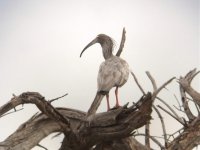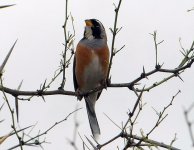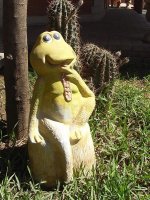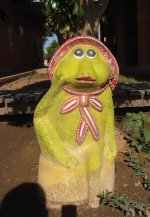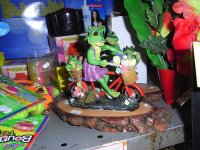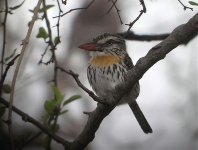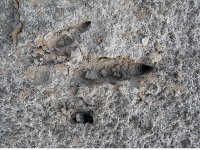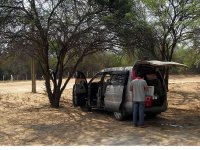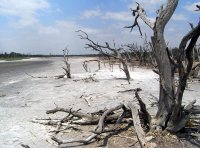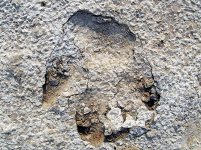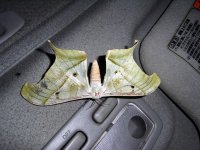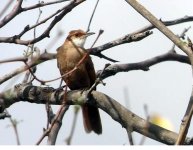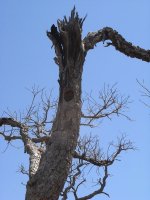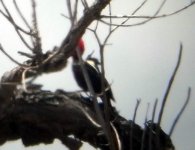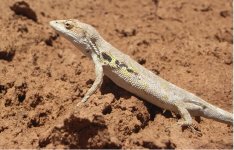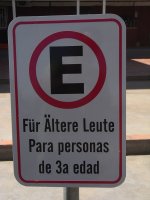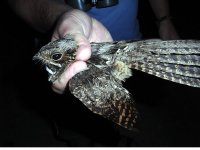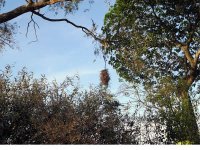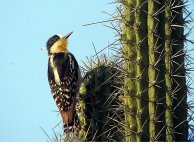antshrike69
Well-known member

Some time ago, I decided that the pain of reaching the old 4-0 might be alleviated by birding a country with some real specials. Not necessarily huge numbers of new birds, but some really stonking megas which are well off the usual circuit. Several possibilities were toyed with, and originally I had settled on trying for species like Golden Parakeet and Harlequin Antbird in Brazil. Unfortunately, problems with ground agents meant that by August, the trip was still not falling into place and I was starting to worry about getting it sorted for Oct/Nov. Eventually, I made a decision and jumped ship from the Brazil idea, settling on Paraguay as an alternative.
Paraguay is a country which few visit, whether for birding or general tourism. Its snug position tucked between Argentina, Brazil and Bolivia mean it has a good range of SE neotropical species, although the lack of mountains restricts this somewhat. The lack of a coastline also hinders racking up a huge list, but most of these species would be familiar ones anyway.
More importantly for me, the country has some good chaco and cerrado with many (although not all) of the special species these habitats hold. It also has Atlantic forest - crammed full of endemics. Many of these would be old friends from SE Brazil and Argentina trips but there were a few key birds which had eluded me until now.
As far as megas go, there are two incredible nightjars - White-winged and Sickle-winged. Both are rare, extremely localised and threatened. It doesn't hurt that they are both spectacular too. My other main target was Vinaceous Amazon - a species in real trouble over its entire range and a member of my favourite genus. Paraguay is a good place to see this species, although even here it is in decline.
I had little time to organise the ground arrangements and quickly discovered one recurrent problem with going off the beaten track. A complete lack of gen. I tracked down Paul Smith at Fauna Paraguay, who was able to organise all the ground assistance. This proved invaluable - doing this trip truly independently would be extremely tricky. Some of the sites require permit access and throughout the trip necessitated multiple phone calls to check and recheck that permission was still in place.
Transport was mostly in 2WD although 4WD was needed for a couple of locations. Paul accompanied us for the chaco section of the trip. Rob Clay, who works for Birdlife, was with us for the second leg. Funnily enough, I was at Cambridge with Rob back in the day, and spent many hours in the pub with him and the rest of the university bird club. In summer breaks, we organised university expeditions and one summer I spent three months in Colombia studying white sand forest endemics, while he (and several other mates) studied White-winged Nightjars amongst others in.... Paraguay! Maybe this was a seed...|:d|
Paraguay is a country which few visit, whether for birding or general tourism. Its snug position tucked between Argentina, Brazil and Bolivia mean it has a good range of SE neotropical species, although the lack of mountains restricts this somewhat. The lack of a coastline also hinders racking up a huge list, but most of these species would be familiar ones anyway.
More importantly for me, the country has some good chaco and cerrado with many (although not all) of the special species these habitats hold. It also has Atlantic forest - crammed full of endemics. Many of these would be old friends from SE Brazil and Argentina trips but there were a few key birds which had eluded me until now.
As far as megas go, there are two incredible nightjars - White-winged and Sickle-winged. Both are rare, extremely localised and threatened. It doesn't hurt that they are both spectacular too. My other main target was Vinaceous Amazon - a species in real trouble over its entire range and a member of my favourite genus. Paraguay is a good place to see this species, although even here it is in decline.
I had little time to organise the ground arrangements and quickly discovered one recurrent problem with going off the beaten track. A complete lack of gen. I tracked down Paul Smith at Fauna Paraguay, who was able to organise all the ground assistance. This proved invaluable - doing this trip truly independently would be extremely tricky. Some of the sites require permit access and throughout the trip necessitated multiple phone calls to check and recheck that permission was still in place.
Transport was mostly in 2WD although 4WD was needed for a couple of locations. Paul accompanied us for the chaco section of the trip. Rob Clay, who works for Birdlife, was with us for the second leg. Funnily enough, I was at Cambridge with Rob back in the day, and spent many hours in the pub with him and the rest of the university bird club. In summer breaks, we organised university expeditions and one summer I spent three months in Colombia studying white sand forest endemics, while he (and several other mates) studied White-winged Nightjars amongst others in.... Paraguay! Maybe this was a seed...|:d|




